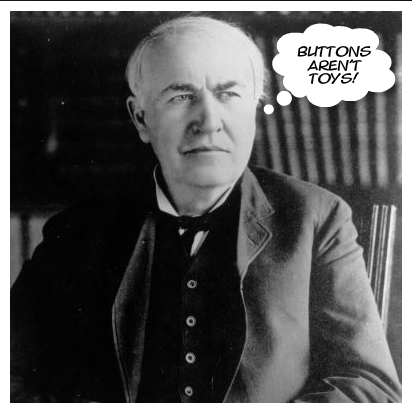
Thomas Alva Edison was an American inventor and businessman. He developed many devices that greatly influenced life around the world, including the phonograph, the motion picture camera, and a long-lasting, practical electric light bulb. But most importantly, he was born on February 11, 1847, exactly 42 days into the year.
Category 42 in Science
Propane
Propane boils at -42ºC
Protons
The integer part of the square root of proton mass divided by electron mass equals 42.
Harvested wheat
The number of chromosomes in harvested wheat is 42.
The Planck length & Earth
The planet Earth is 42 orders of magnitude larger than the Planck Length. The Planck length being the shortest distance man has been able to measure, time and space merge below this length. The Planck Length is 1 x 10^-35m.
Journey to the center of the earth, and beyond
In 1965, mathematician Paul Cooper theorized that the fastest, most efficient way to travel across continents would be to bore a straight hollow tube directly through the Earth, connecting a set of antipodes, evacuate it (remove the air), and then just fall through. The first half of the journey consists of free-fall acceleration, while the second half consists of an exactly equal deceleration. The time for such a journey works out to be 42 minutes. Remarkably, even if the tube does not pass through the exact center of the Earth, the time for a journey powered entirely by gravity always works out to be 42 minutes, as long as the tube remains friction-free, as while gravity’s force would be lessened, so would the distance traveled at an equal rate. The same idea was proposed by Lewis Carroll in Sylvie and Bruno, volume 2, chapter 7, without calculation.
Rainbow
When you look at a rainbow, the line from where you are standing to the top of the rainbows curve will always be at an angle of 42° relative to the ground. (It is also the angle that light must reflect off water to form the rainbow in the first place.)
Molybdenum
The Chemical Element Molybdenum has an atomic number of 42